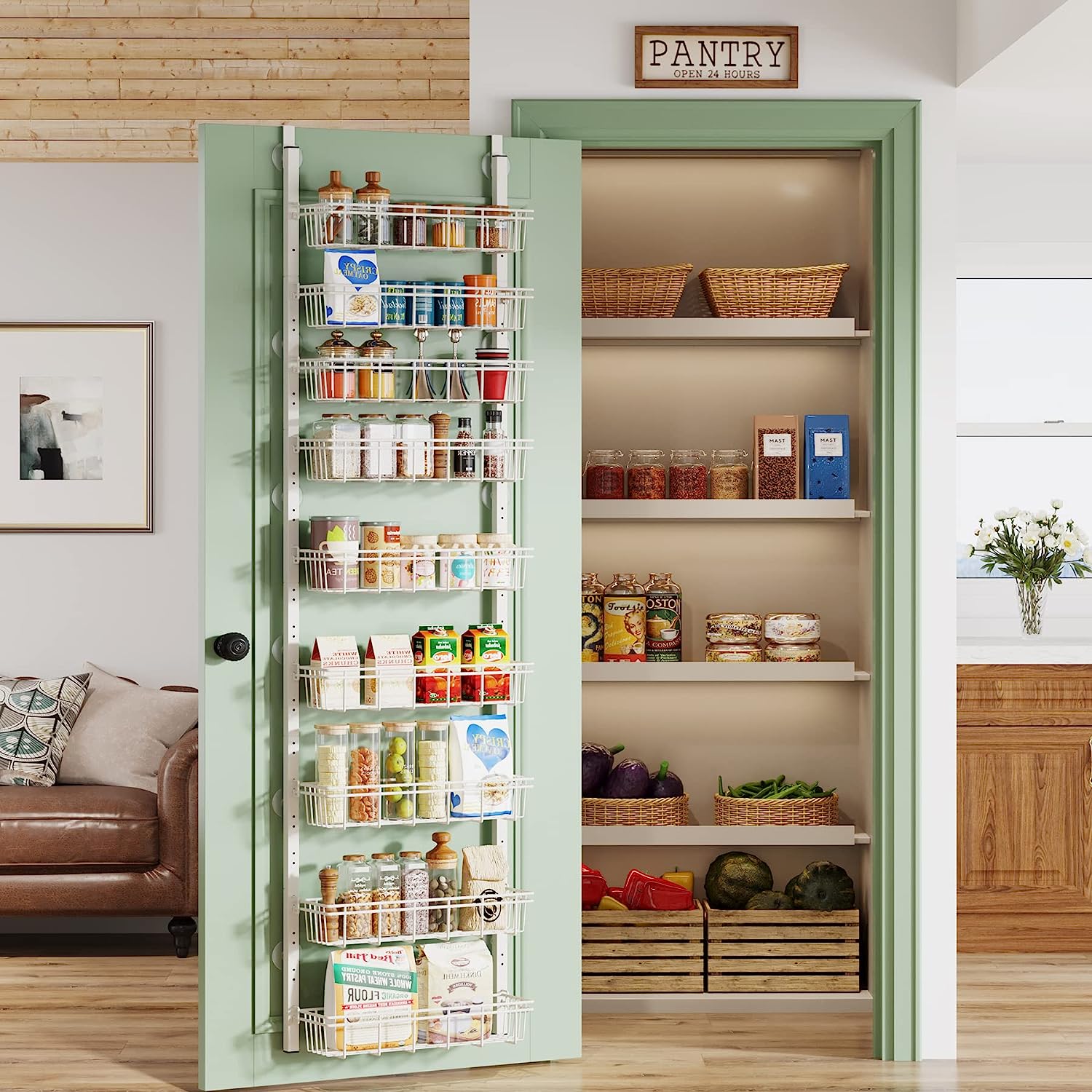

Articles
What Is Pantry
Modified: May 6, 2024
Discover the importance of pantry storage and how it can help you stay organized and maximize space in your kitchen. Explore various pantry storage solutions and tips to create a functional and clutter-free pantry.
(Many of the links in this article redirect to a specific reviewed product. Your purchase of these products through affiliate links helps to generate commission for Storables.com, at no extra cost. Learn more)
Introduction
Welcome to the wonderful world of pantries! Whether you’re a seasoned home chef or just getting started in the culinary arts, having a well-organized pantry is essential for a smooth and successful kitchen experience. In this article, we’ll explore the definition of a pantry and its purpose, discuss the benefits of having one, provide tips on how to organize and maintain a pantry, and offer some inspiration to transform your pantry into a functional and beautiful space.
A pantry is a dedicated space in your kitchen or storage area where you store food, ingredients, and cooking supplies. It serves as a central hub for all your culinary needs, allowing you to easily access and manage your food inventory. Pantries can come in various forms – from stand-alone rooms to built-in cabinets or even portable storage units. Regardless of its size or location, a pantry plays a vital role in keeping your kitchen well-equipped and efficient.
The purpose of having a pantry is to provide a designated space to store and organize your food items, making meal planning and preparation more convenient. Instead of scattered items in various cupboards and cabinets, a pantry brings everything together, allowing for easy visibility and accessibility. It also helps to reduce clutter in other areas of your kitchen, giving you more countertop space and a clean, organized environment.
Now that we understand what a pantry is and why it’s important, let’s explore the numerous benefits of having a well-stocked pantry in your home.
Key Takeaways:
- A well-organized pantry simplifies meal planning, reduces food waste, and enhances kitchen organization, making cooking more enjoyable and efficient.
- Personalize your pantry with creative storage solutions, color coordination, and decorative touches to create a visually appealing and inspiring culinary space.
Read more: What Is A Pantry Cabinet
Definition of a Pantry
A pantry is a dedicated storage space where you can keep a wide range of food items, cooking essentials, and kitchen supplies. It is typically located in or near the kitchen, providing easy access to ingredients and tools for meal preparation. The size and layout of a pantry can vary, depending on the available space and the specific needs of the household.
At its core, a pantry serves as a central hub for food organization and storage. It eliminates the need to store everything in kitchen cabinets and allows for better inventory management. By having a designated area for food storage, you can easily keep track of your stock, avoiding wastage and ensuring that you have the necessary ingredients on hand.
There are different types of pantries, each with its own unique features and functionalities:
- Walk-In Pantry: This is a larger pantry that you can walk into, often found in bigger homes. It provides ample storage space and can accommodate not only food items but also larger kitchen appliances and servingware.
- Closet Pantry: A closet pantry is a small, enclosed area with shelves for storing food items. It is typically found in smaller homes or apartments where space is limited.
- Butler’s Pantry: A butler’s pantry is a separate space between the kitchen and dining area, used for food preparation, serving, and storage. It is often equipped with countertop space, a sink, and cabinets for storing dishes, glassware, and table linens.
- Slide-Out Pantry: This type of pantry is designed to maximize space efficiency. It consists of shallow vertical pull-out shelves that can be easily accessed and provide excellent visibility of the stored items.
A pantry not only helps you stay organized but also enables efficient meal planning and preparation. With a well-stocked pantry, you can save time and effort by having essential ingredients readily available. It allows you to create a variety of delicious meals without constantly running to the grocery store or digging through cluttered cabinets.
Overall, a pantry is a versatile and essential part of any kitchen. It provides a dedicated space for food storage and organization, making your cooking experience more enjoyable, efficient, and hassle-free.
Purpose of Having a Pantry
The purpose of having a pantry extends beyond simply providing storage space for your food items. It serves as a functional and practical addition to your kitchen, offering several benefits that contribute to a more efficient and enjoyable cooking experience. Let’s explore the key purposes of having a pantry:
- Organized Food Storage: One of the primary reasons for having a pantry is to keep your food items neatly organized. With designated shelves and compartments, you can categorize and arrange your ingredients, canned goods, spices, and other pantry staples in a logical manner. This makes it easier to find what you need, saving you valuable time during meal preparation.
- Optimal Inventory Management: A well-stocked pantry allows you to keep track of your food inventory. By having a clear view of what items you have in stock, you can plan your meals more efficiently and avoid buying unnecessary duplicates. This helps reduce food waste and ensures that you always have the necessary ingredients on hand.
- Convenient Meal Planning: Having a pantry enables you to plan your meals in advance more effectively. By knowing what ingredients you already have, you can create menus and grocery lists based on what needs to be replenished. This saves you from last-minute trips to the grocery store and allows for organized meal preparation throughout the week.
- Space Optimization: A pantry helps to maximize the use of space in your kitchen. Instead of cluttering your countertops or overcrowding your cabinets with food items, a pantry provides a dedicated area for storage. This frees up valuable kitchen real estate and allows for better organization and functionality.
- Preservation and Longevity of Ingredients: Proper food storage is crucial for maintaining the freshness and longevity of ingredients. A pantry provides an ideal environment for perishables, canned goods, and other pantry staples by keeping them cool, dry, and protected from sunlight. This helps to extend the shelf life of your ingredients, reducing the likelihood of spoilage.
In addition to these practical purposes, a pantry can also contribute to the overall aesthetics of your kitchen. With proper organization and careful arrangement of your items, a well-styled pantry can create a visually appealing and inviting space.
Overall, the purpose of having a pantry revolves around functionality, organization, and efficiency. It simplifies your cooking routine, promotes effective inventory management, and enhances the overall cooking experience in your kitchen.
Benefits of a Pantry
A well-organized pantry offers numerous benefits that can greatly enhance your cooking experience and streamline your kitchen routines. Let’s explore some of the key advantages of having a pantry:
- Efficient Meal Preparation: With a well-stocked pantry, you have easy access to a variety of ingredients, making meal preparation quick and convenient. Instead of searching through cluttered cabinets or running to the store for missing items, you can rely on your pantry to provide the essentials for a wide range of recipes. This saves you time and effort in the kitchen.
- Reduced Food Waste: Having a pantry allows you to keep track of your food inventory, making it easier to avoid spoilage and reduce food waste. By organizing your items and practicing proper rotation, you can ensure that perishable items are used before they expire. This not only saves money but also contributes to a more sustainable lifestyle.
- Improved Kitchen Organization: A pantry provides a designated space for food storage, freeing up your kitchen cabinets and countertops. This allows you to keep your cooking area tidy and uncluttered, with everything neatly arranged in the pantry. By having clear visibility of your supplies, you can easily find what you need, eliminating the frustration of rummaging through various storage areas.
- Enhanced Meal Planning: A pantry simplifies the meal planning process by providing a visual inventory of your ingredients. Seeing what you have readily available allows you to plan meals more effectively and create shopping lists based on what needs to be replenished. This saves you time, reduces grocery expenses, and promotes healthier eating habits.
- Convenience and Accessibility: Having a well-organized pantry ensures that your cooking essentials are within reach whenever you need them. From spices and condiments to canned goods and baking supplies, everything is conveniently stored in one central location. This means less time spent searching for ingredients and more time spent enjoying the cooking process.
- Customization and Personalization: Your pantry is a reflection of your culinary preferences and lifestyle. By customizing the shelving, organization systems, and storage containers, you can create a pantry that perfectly suits your needs. This level of personalization enhances the functionality and aesthetics of your kitchen space.
- Flexibility and Adaptability: A pantry offers flexibility in terms of the types of ingredients you can store. From dry goods and staples to canned foods, snacks, and even specialized items like gluten-free or dairy-free products, your pantry can accommodate a wide variety of food items. It also allows you to stock up on sale items and bulk purchases, saving you money in the long run.
Overall, the benefits of having a pantry extend far beyond simple storage. It promotes efficiency, organization, and sustainability in your kitchen, making your cooking experience more enjoyable and stress-free.
How to Organize a Pantry
An organized pantry can make a world of difference in your cooking experience. By implementing a systematic approach to pantry organization, you can streamline your kitchen routines and ensure that everything is easily accessible. Here are some tips to help you organize your pantry effectively:
- Declutter and Clean: Start by removing all items from your pantry and decluttering. Discard expired goods and donate any non-perishable items you no longer need. Clean the shelves and wipe down the surfaces to create a fresh canvas for organizing.
- Categorize Your Items: Group similar items together to create categories. For example, you can have separate sections for baking supplies, spices, canned goods, grains, snacks, and so on. This makes it easier to find specific ingredients and maintain an organized system.
- Invest in Storage Containers: Using clear storage containers or bins can help keep items contained and visually appealing. Transfer loose items such as cereals, pasta, and snacks into airtight containers to keep them fresh and prevent spills. Label the containers for easy identification.
- Utilize Vertical Space: Make use of vertical space by installing shelving units or using stackable organizers. This helps maximize storage capacity and allows for better visibility of your items. Consider adding hooks or hanging organizers on the inside of pantry doors for additional storage options.
- Arrange Based on Frequency of Use: Place frequently used items at eye level or within easy reach. Reserve lower shelves for heavier items, such as cans or bottled beverages, and reserve higher shelves for lighter items or lesser-used items. This ensures that you can quickly grab what you need without unnecessary bending or stretching.
- Create Zones: Designate specific areas for different types of items. For example, dedicate a shelf for baking supplies, another for breakfast items, and a separate section for snacks. This creates a logical flow and makes it easier to navigate your pantry.
- Implement Rotation System: Practice the “First In, First Out” principle to ensure that older items are used before newer ones. When restocking your pantry, place newly purchased items at the back and bring older items to the front. This minimizes the chances of food waste and helps maintain freshness.
- Maintain Regular Maintenance: Set aside time periodically to declutter, clean, and reorganize your pantry. Remove any expired items, rearrange items as needed, and wipe down shelves to keep your pantry in top condition. Regular maintenance ensures that your pantry remains functional and efficient.
Remember, pantry organization is a personal process, and what works for one person may not work for another. Experiment with different layouts and systems until you find what suits your needs best. The key is to create a system that is visually appealing, easy to navigate, and promotes efficient meal preparation.
By following these tips and maintaining regular upkeep, your pantry will become a well-organized space that not only saves you time and effort but also enhances your overall cooking experience.
A pantry is a storage area in a home used for storing non-perishable food items, kitchen supplies, and other household goods. It is typically located near the kitchen for easy access when cooking and preparing meals.
Essential Items for a Well-Stocked Pantry
A well-stocked pantry is the foundation of a well-prepared kitchen. Having a variety of essential items on hand allows you to create delicious meals at a moment’s notice and enables you to handle any culinary challenge that comes your way. Here is a list of essential items to consider for a well-stocked pantry:
- Dry Goods and Grains: Stock up on versatile staples like rice, pasta, quinoa, oats, and flour. These items form the base of many meals and provide a good source of carbohydrates.
- Canned Goods: Keep a selection of canned items such as beans, tomatoes, tuna, and soup. Canned goods are convenient and add depth of flavor to various dishes.
- Spices and Seasonings: A well-rounded spice collection can elevate any dish. Consider essentials like salt, black pepper, garlic powder, cumin, paprika, oregano, and cinnamon.
- Sauces and Condiments: Have a variety of sauces and condiments like ketchup, mustard, mayonnaise, soy sauce, and Worcestershire sauce. These can add flavor and depth to your recipes.
- Oils and Vinegars: Essential cooking oils include olive oil, vegetable oil, and coconut oil. Vinegars such as balsamic vinegar, red wine vinegar, and apple cider vinegar are versatile and can be used for cooking as well as dressings.
- Baking Essentials: Stock up on baking essentials like sugar, baking powder, baking soda, vanilla extract, and cocoa powder. These items are the building blocks for sweet treats and baked goods.
- Herbs: Fresh or dried herbs can add an abundance of flavors to your dishes. Consider having herbs like basil, thyme, rosemary, parsley, and cilantro in your pantry.
- Nuts and Seeds: Nuts and seeds not only provide a healthy snack option but can also be used in various recipes. Almonds, walnuts, chia seeds, and flaxseeds are great pantry staples.
- Flavor Enhancers: Items like soy sauce, fish sauce, hot sauce, and honey can add depth and complexity to your dishes. They are excellent for marinades, dressings, and dipping sauces.
- Stocks and Broths: Keep chicken, vegetable, or beef stock on hand to create flavorful soups, stews, and sauces.
- Snacks and Treats: It’s always good to have a selection of snacks for those moments when you need a quick bite. Consider having crackers, popcorn, nuts, and dried fruits available.
Remember, the items you stock in your pantry should align with your personal preferences and the types of cuisines you enjoy. Adapt the list to your dietary needs and cooking style, and don’t hesitate to experiment with new ingredients to broaden your culinary horizons.
By having these essential items in your pantry, you’ll have the foundation to create a wide range of recipes and handle various cooking scenarios with ease.
Pantry Ideas and Inspiration
A pantry is not just a functional storage space; it can also be a beautiful and inspiring part of your kitchen. With a little creativity and attention to detail, you can transform your pantry into an organized and aesthetically pleasing area. Here are some pantry ideas and inspiration to help you make the most out of your storage space:
- Color Coordination: Use a consistent color palette to create a cohesive look in your pantry. You can opt for matching storage containers, labels, and even paint the shelves or walls in a complementary color to tie everything together.
- Open Shelving: Consider installing open shelving in your pantry to showcase your neatly organized containers and ingredients. This allows for easy visibility and adds a touch of modern and minimalist design to your space.
- Glass Jars and Canisters: Transfer pantry staples like flour, sugar, nuts, and pasta into glass jars or canisters. This not only keeps them fresh but also creates a visually appealing display of ingredients, giving your pantry a clean and organized look.
- Labeling: Use labels for your storage containers to easily identify the contents of each jar or canister. Clear and legible labels add a professional touch and make it easier to find ingredients quickly.
- Display Cookbook Collection: If you have cookbooks that you frequently reference, consider dedicating a small area in your pantry to display them. This not only keeps them within reach but also adds a personal and decorative touch to the space.
- Showcase Specialty Ingredients: If you have a collection of specialty ingredients or spices, create a designated area to display them. This adds a touch of uniqueness and allows you to appreciate and easily access your favorite culinary treasures.
- Utilize Doors and Walls: Don’t forget about the inside of your pantry doors and walls. Install hooks or racks to hang aprons, oven mitts, and kitchen utensils. This maximizes storage space and keeps frequently used items within reach.
- Drawer Inserts and Dividers: Use drawer inserts or dividers to keep smaller items organized and prevent them from getting lost in the pantry. This is particularly useful for spices, tea bags, and packets of seasoning mixes.
- Add Lighting: Install proper lighting in your pantry to ensure visibility and create an inviting ambiance. LED strip lights or small spotlights can make a big difference in enhancing the overall look and functionality of your pantry.
- Personalize with Décor: Adding a few decorative touches, such as a vase of fresh flowers, framed artwork, or a small chalkboard for notes or meal planning, can instantly elevate the look of your pantry and make it feel like a welcoming space.
Remember, your pantry should reflect your personal style and preferences. Don’t be afraid to get creative and incorporate elements that inspire you and make you excited to spend time in your kitchen. With these ideas and inspiration, you can create a pantry that is not only functional but also visually pleasing and a joy to use.
Pantry Maintenance and Cleaning Tips
Maintaining a clean and well-organized pantry is essential for efficient meal preparation and to ensure the freshness and longevity of your ingredients. Regular maintenance and cleaning routines will help keep your pantry in top condition. Here are some tips to help you maintain a tidy and functional pantry:
- Regularly Check for Expiry Dates: Keep an eye on the expiration dates of your food items. Regularly go through your pantry to identify and remove any expired or spoiled goods. This prevents the risk of consuming expired products and helps maintain a fresh and safe pantry inventory.
- Rotate and Use Items: Practice the “First In, First Out” principle when restocking your pantry. Before adding new items, move older items to the front, ensuring they are used before their expiration date. This prevents food waste and helps maintain organization within your pantry.
- Wipe Down Shelves and Surfaces: Regularly wipe down the shelves, surfaces, and containers in your pantry to remove any dust, spills, or crumbs. Use a damp cloth or mild cleaning solution to keep surfaces clean and hygienic.
- Organize Similar Items Together: Regularly reorganize your pantry to keep similar items grouped together. This makes it easier to locate and access ingredients when cooking. It also helps to avoid clutter and maintain an organized space.
- Keep Containers and Jars Clean: Clean storage containers and jars before refilling them to prevent cross-contamination and keep your pantry hygienic. Give them a thorough wash using hot, soapy water and ensure they are completely dry before using them again.
- Check for Pest Control: Regularly inspect your pantry for signs of pests such as insects or rodents. Take immediate action if you notice any signs of infestation. Store food items in tightly sealed containers to prevent pests from accessing and contaminating your pantry supplies.
- Implement Regular Inventory Checks: Set aside time periodically to conduct inventory checks in your pantry. Take note of items that are running low or that need restocking. This helps you maintain a well-stocked pantry and avoid any last-minute surprises when cooking.
- Properly Store Bulk Items: If you purchase items in bulk, ensure they are stored properly in sealed containers to maintain freshness and prevent exposure to moisture or pests. Use airtight containers or resealable bags for items like grains, nuts, and dried fruits.
- Label and Date Containers: Place labels on your storage containers indicating the contents and their expiration dates. This helps with easy identification and rotation of items. Use removable labels or a whiteboard marker if you frequently change the contents of your containers.
- Regularly Purge and Donate: Periodically review the items in your pantry and donate any non-perishable items that you no longer need or that are approaching their expiration dates. This not only helps declutter your pantry but also supports those in need.
By incorporating these pantry maintenance and cleaning tips into your routine, you can ensure that your pantry remains tidy, organized, and a functional space for all your culinary endeavors. Regular maintenance not only makes meal preparation more enjoyable but also contributes to a healthier and more efficient kitchen.
Conclusion
A well-organized and well-stocked pantry is a game-changer in the world of cooking. It not only provides a functional storage space for your ingredients and kitchen supplies but also enhances your culinary experience in numerous ways. By following the tips and ideas discussed in this article, you can transform your pantry into a well-organized, visually appealing, and efficient space.
From understanding the definition and purpose of a pantry to exploring the benefits of having one, you have gained insights into how a pantry can simplify your meal planning, reduce food waste, and optimize your kitchen organization. You have also learned valuable tips on how to organize and maintain your pantry and the essential items you need to keep on hand.
By implementing a systematic approach to organizing your pantry, categorizing items, and utilizing various storage solutions, you can create a beautifully organized space that makes cooking a pleasure. Personalize your pantry with colors, labels, and decorative touches that reflect your style and inspire you to create culinary masterpieces.
Remember to regularly maintain and clean your pantry by checking expiration dates, rotating items, and wiping down shelves. By keeping a well-maintained and clean pantry, you ensure that your ingredients remain fresh, prevent food waste, and create a hygienic environment for meal preparation.
With a well-stocked and organized pantry, you’ll have the supplies and inspiration you need to whip up delicious meals, experiment with new recipes, and handle any cooking challenge that comes your way.
So roll up your sleeves, get creative, and transform your pantry into a culinary haven that fuels your passion for cooking and brings joy to your kitchen adventures!
Ready to get your kitchen essentials in tip-top shape? For those keen on keeping perishables fresh and accessible, our article on food storage solutions offers innovative ways to preserve flavors and extend shelf life. Meanwhile, if space is tight, don't miss our tips on organizing a small kitchen, packed with practical advice for maximizing every inch. Dive into these reads to transform your culinary space into a model of efficiency and convenience.
Frequently Asked Questions about What Is Pantry
Was this page helpful?
At Storables.com, we guarantee accurate and reliable information. Our content, validated by Expert Board Contributors, is crafted following stringent Editorial Policies. We're committed to providing you with well-researched, expert-backed insights for all your informational needs.
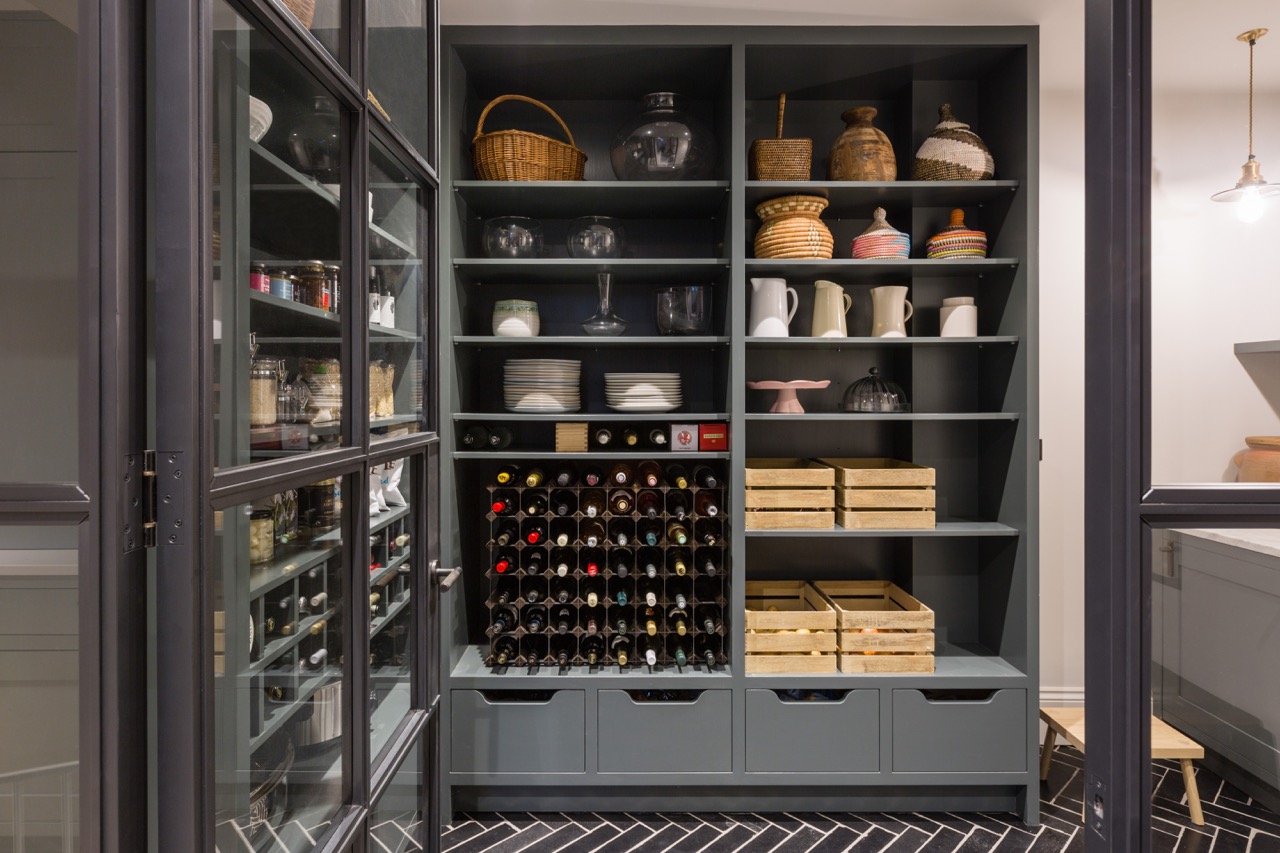
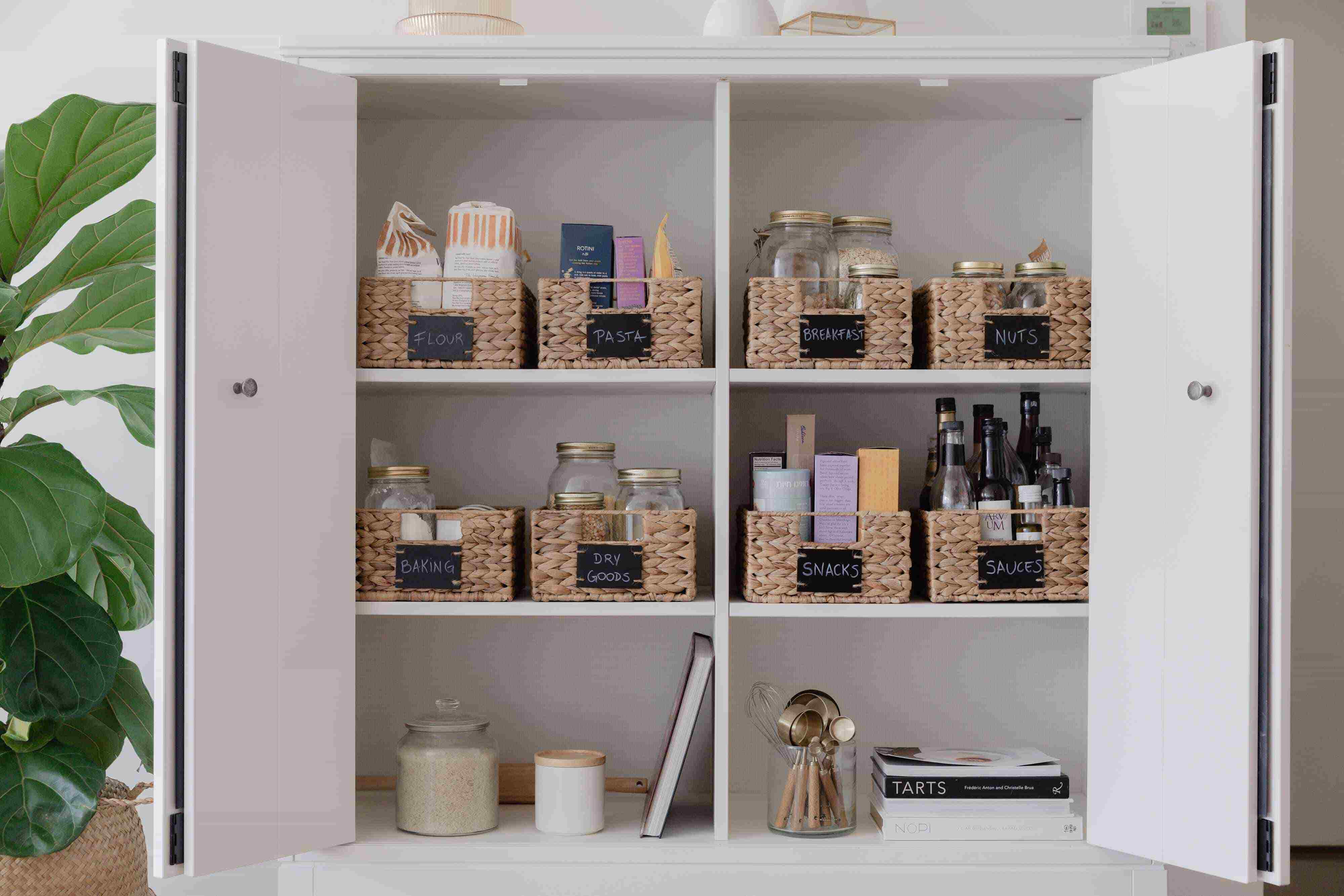
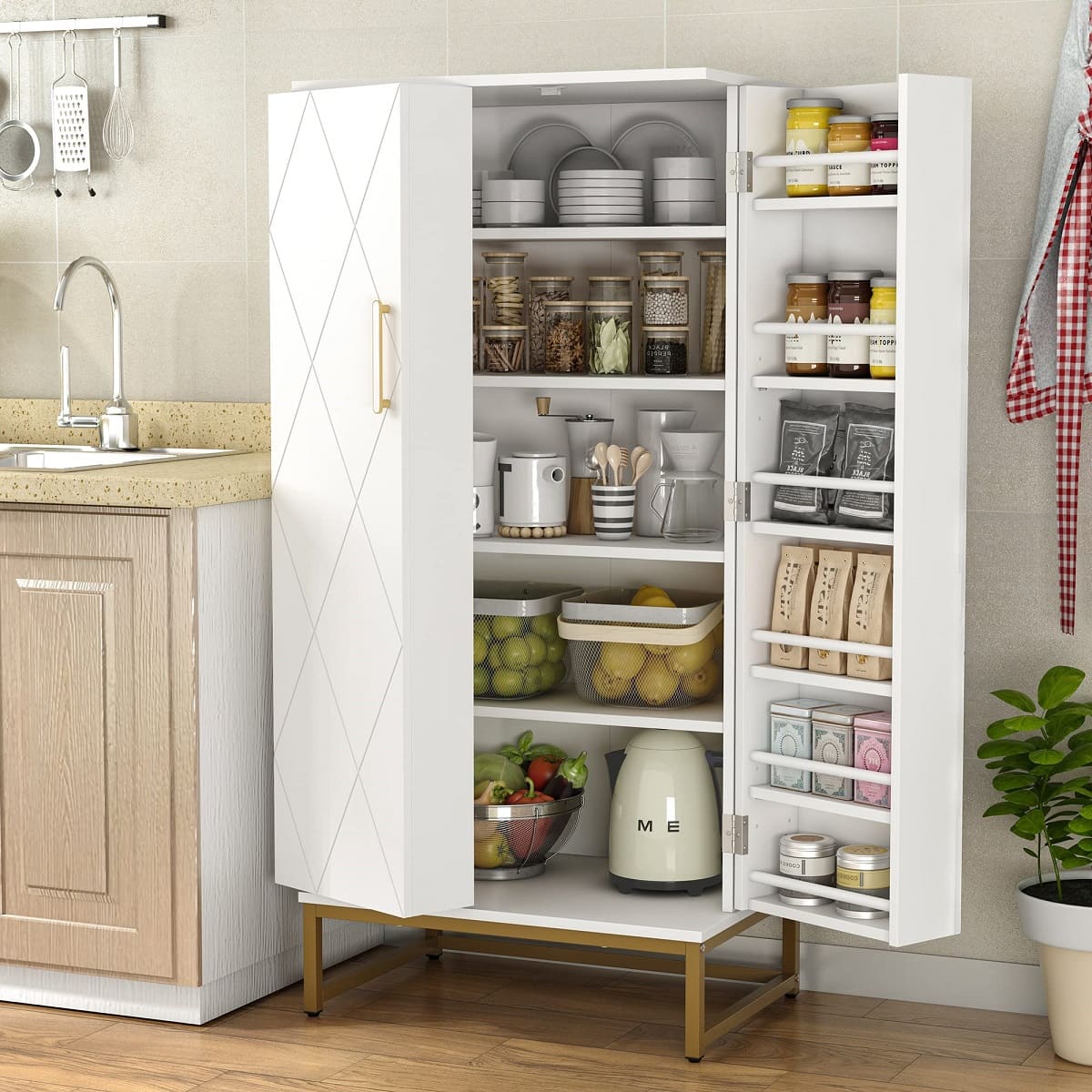
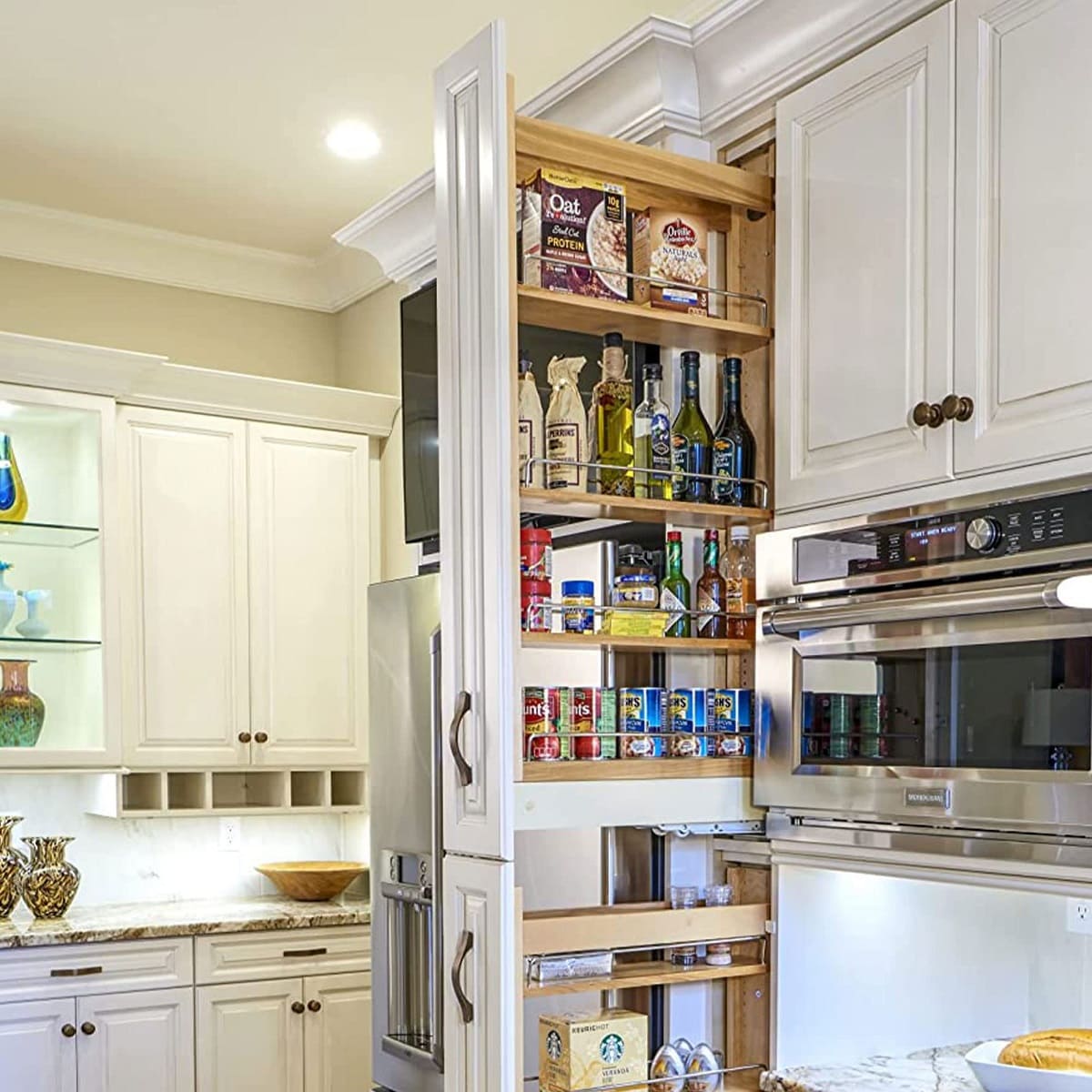

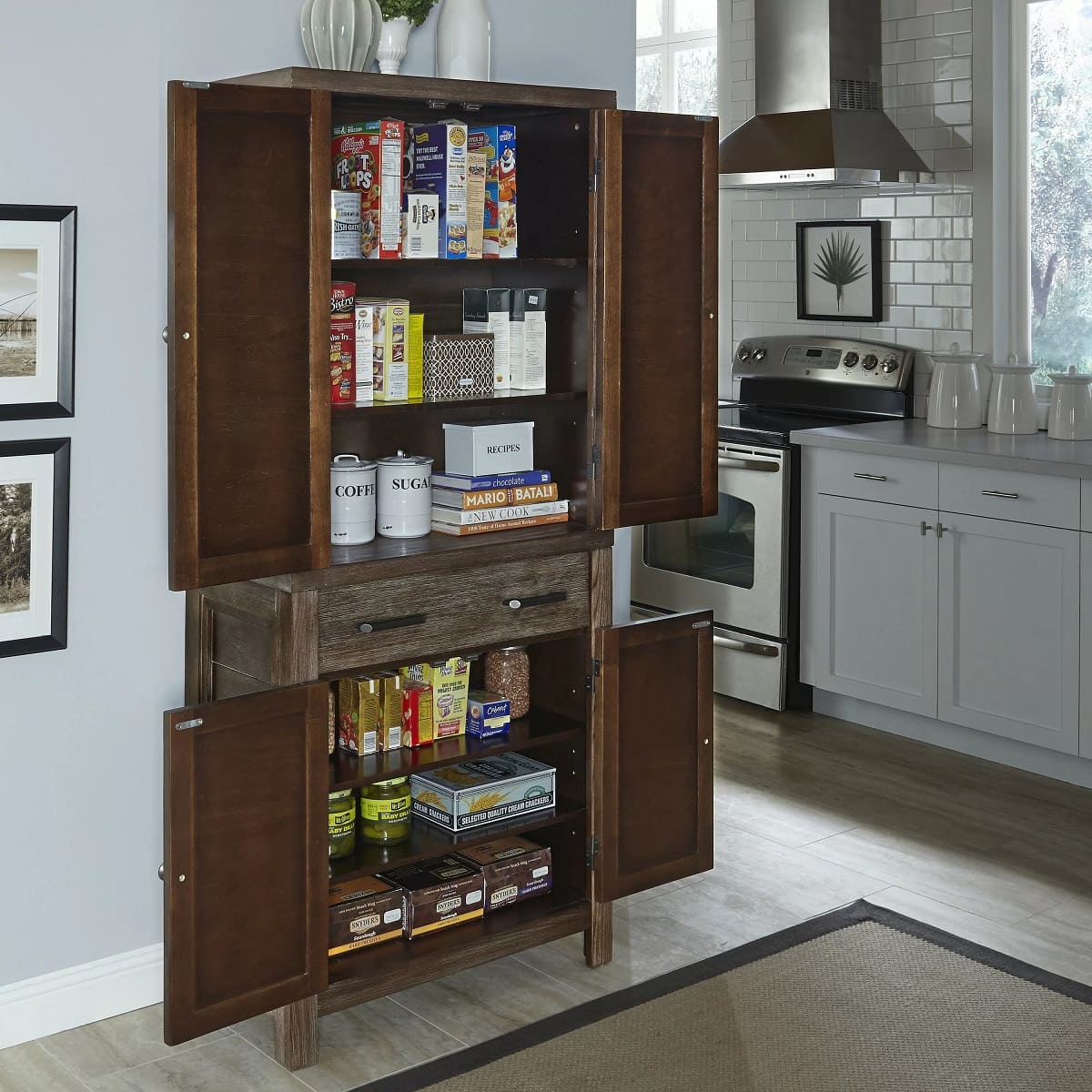
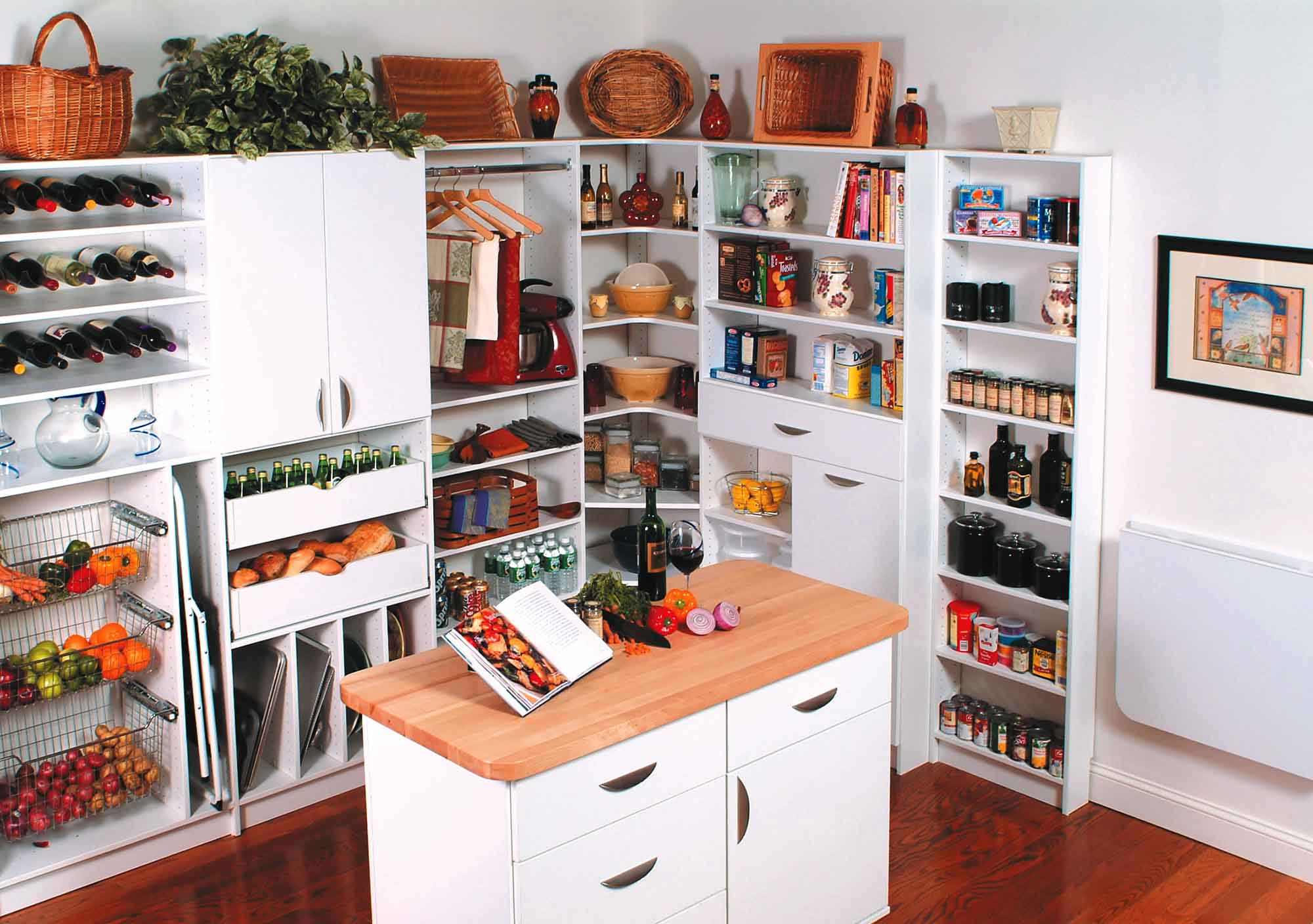
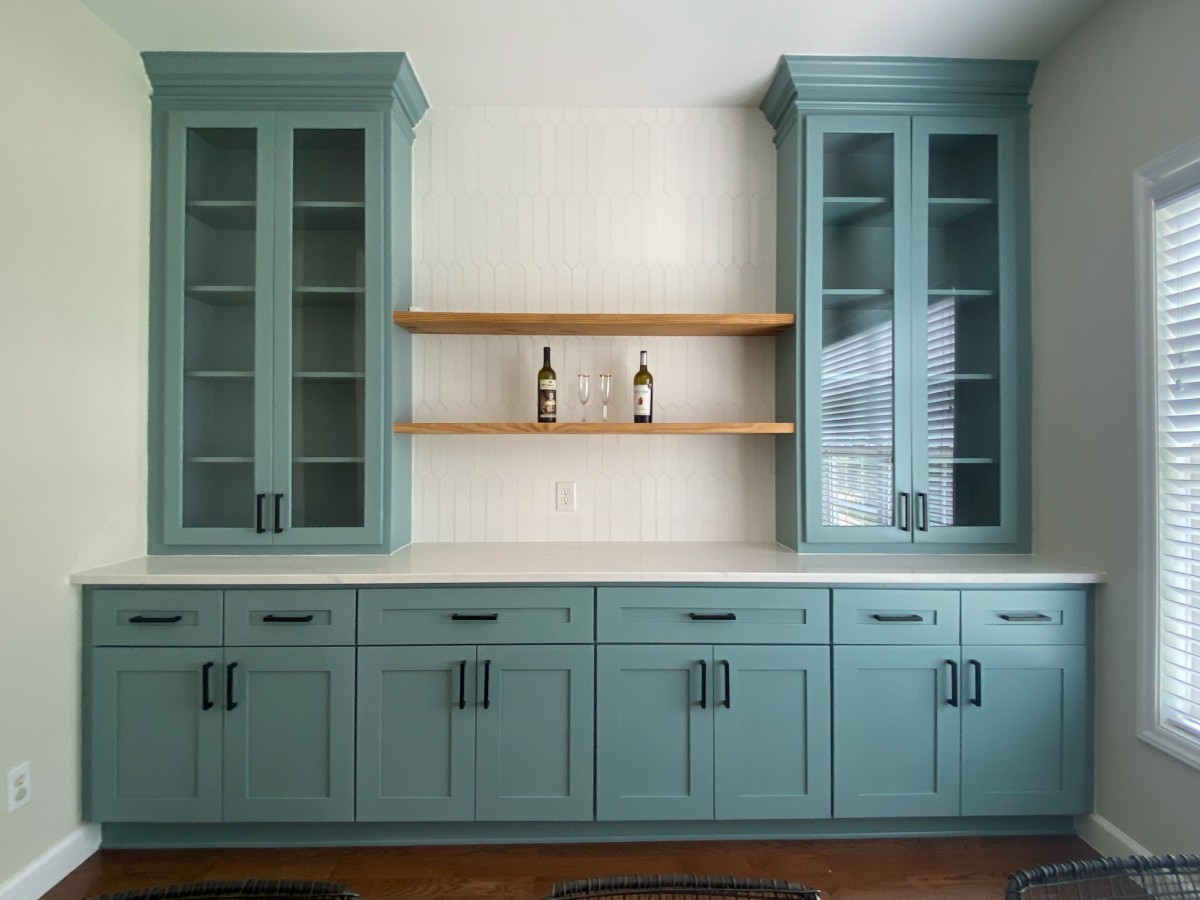
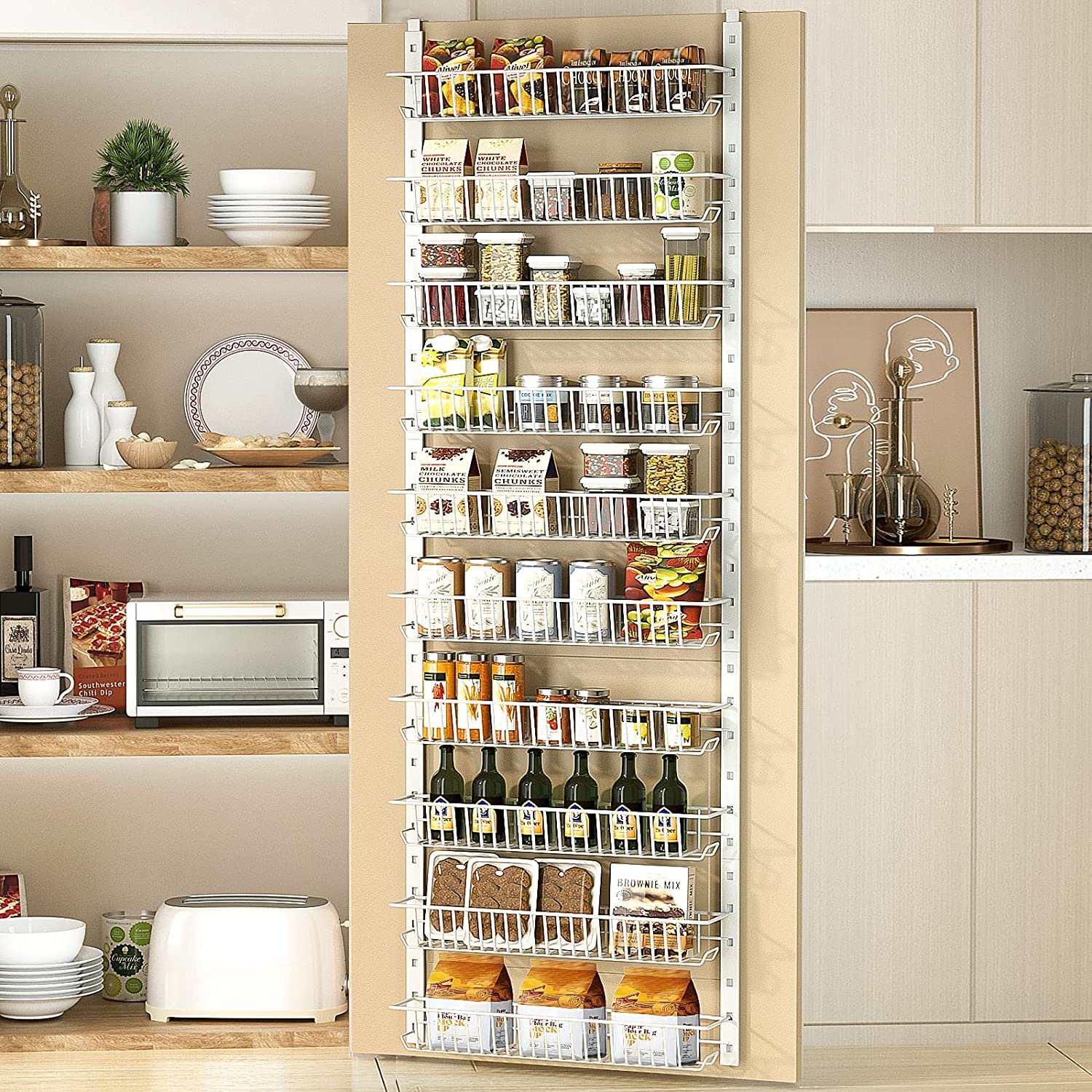
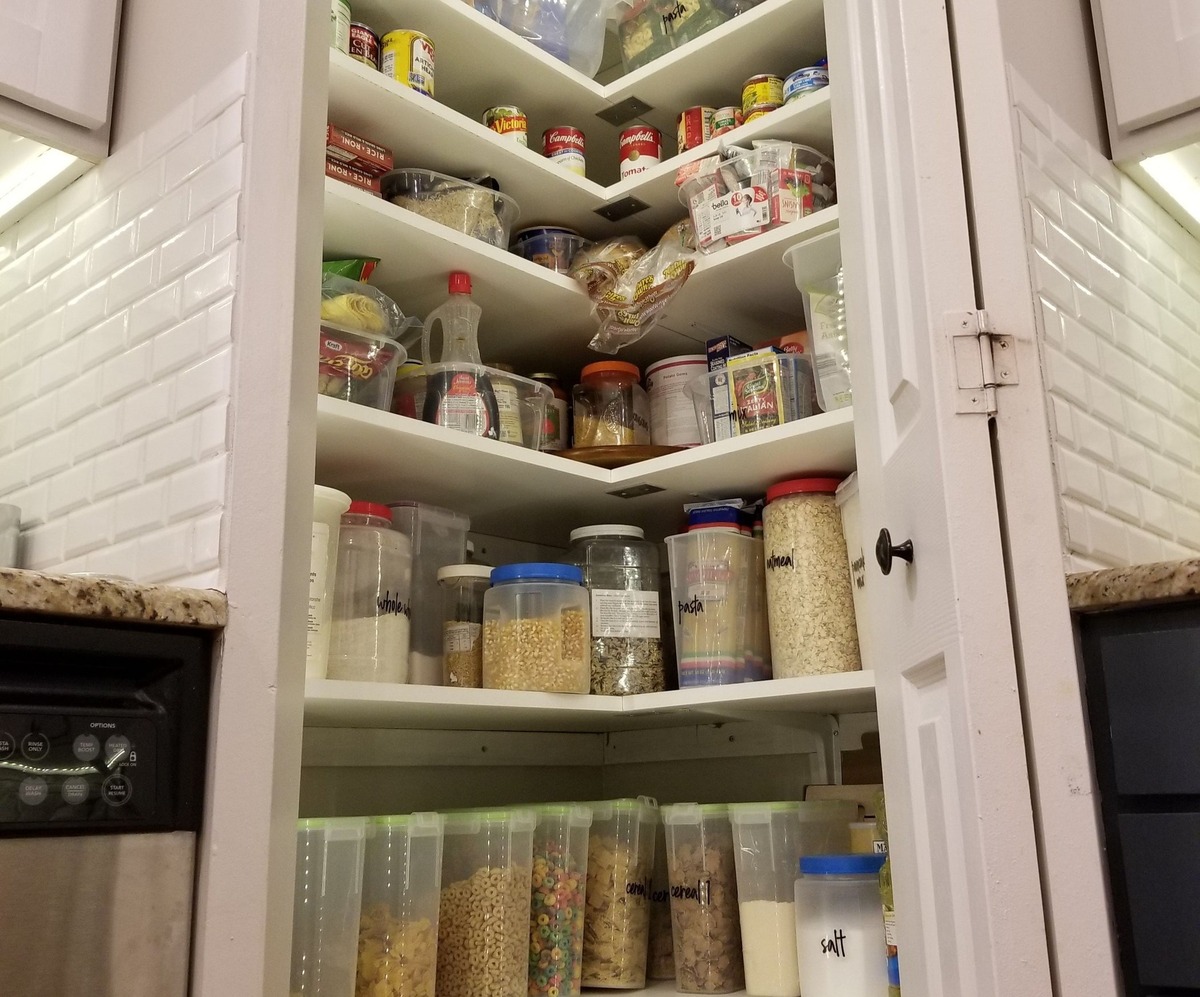
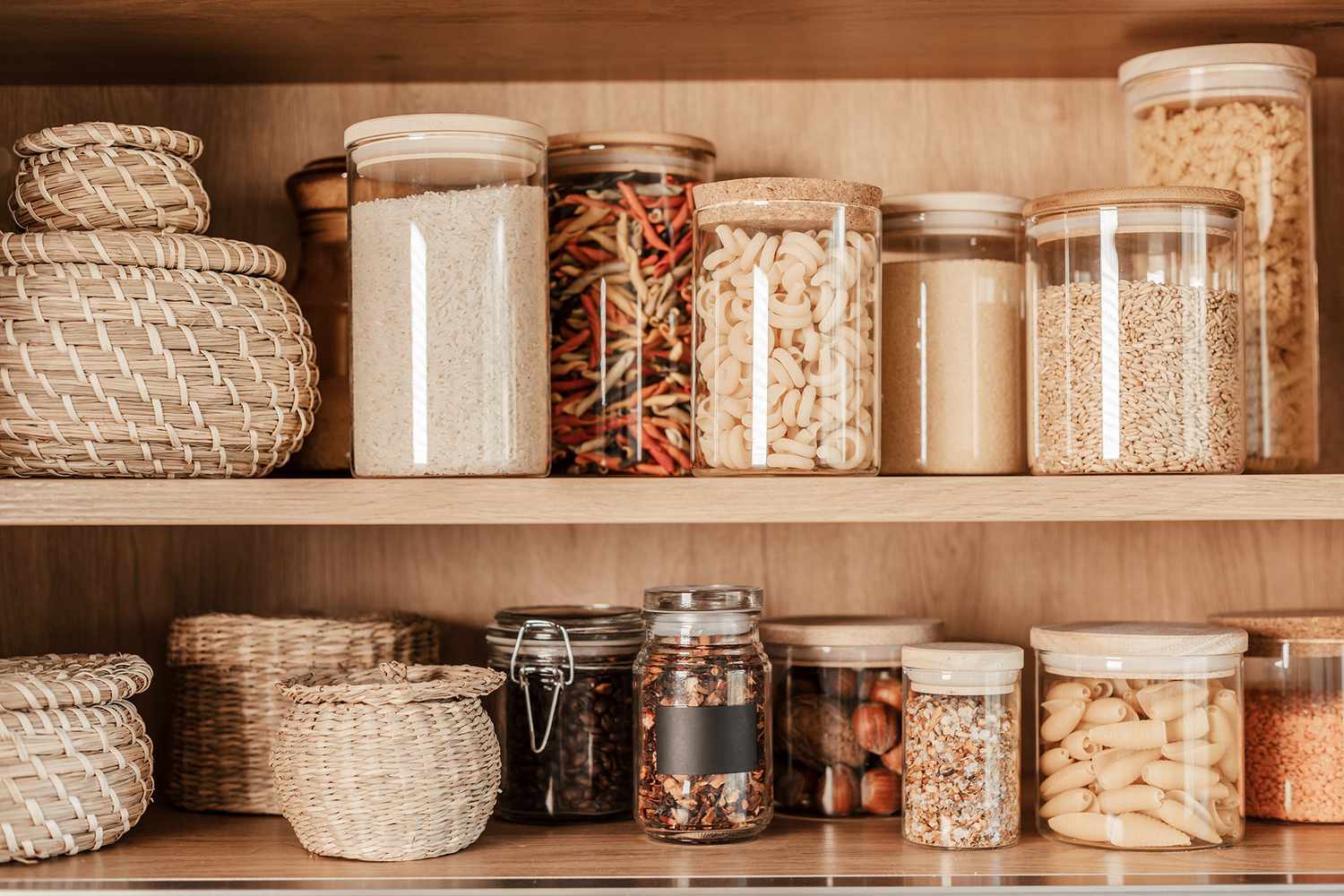
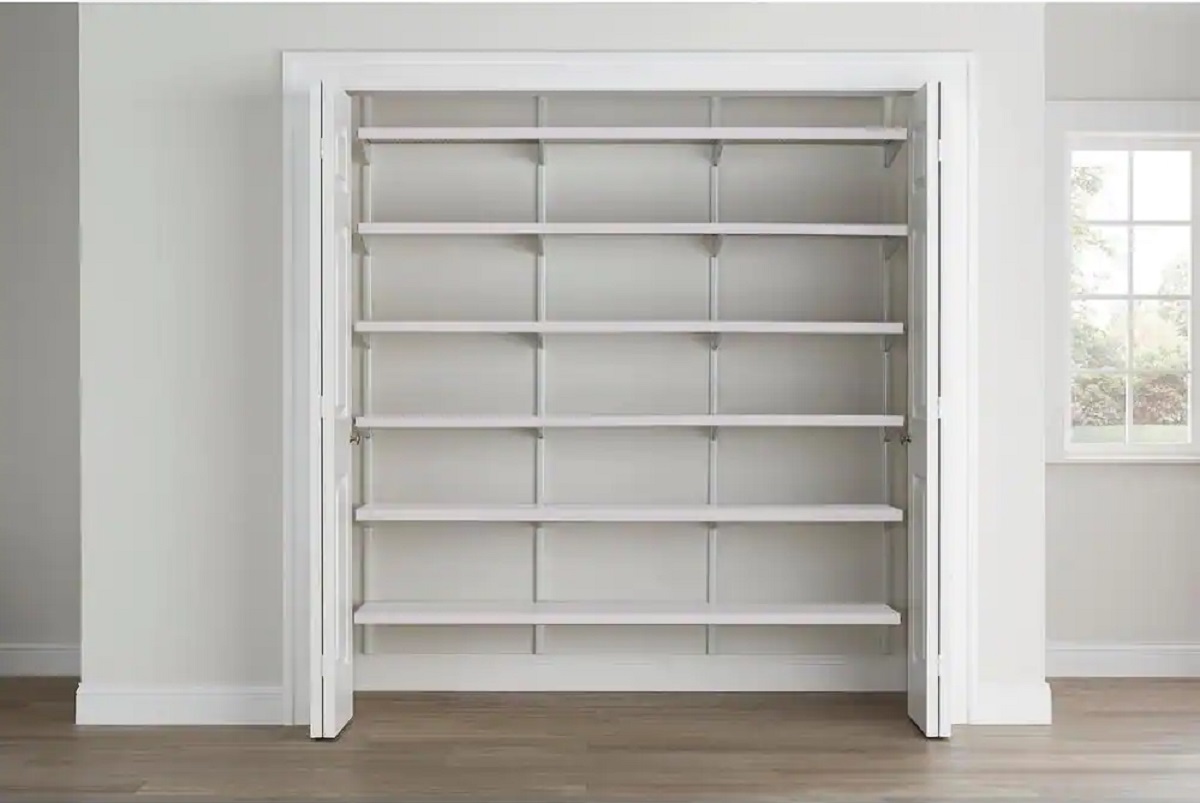
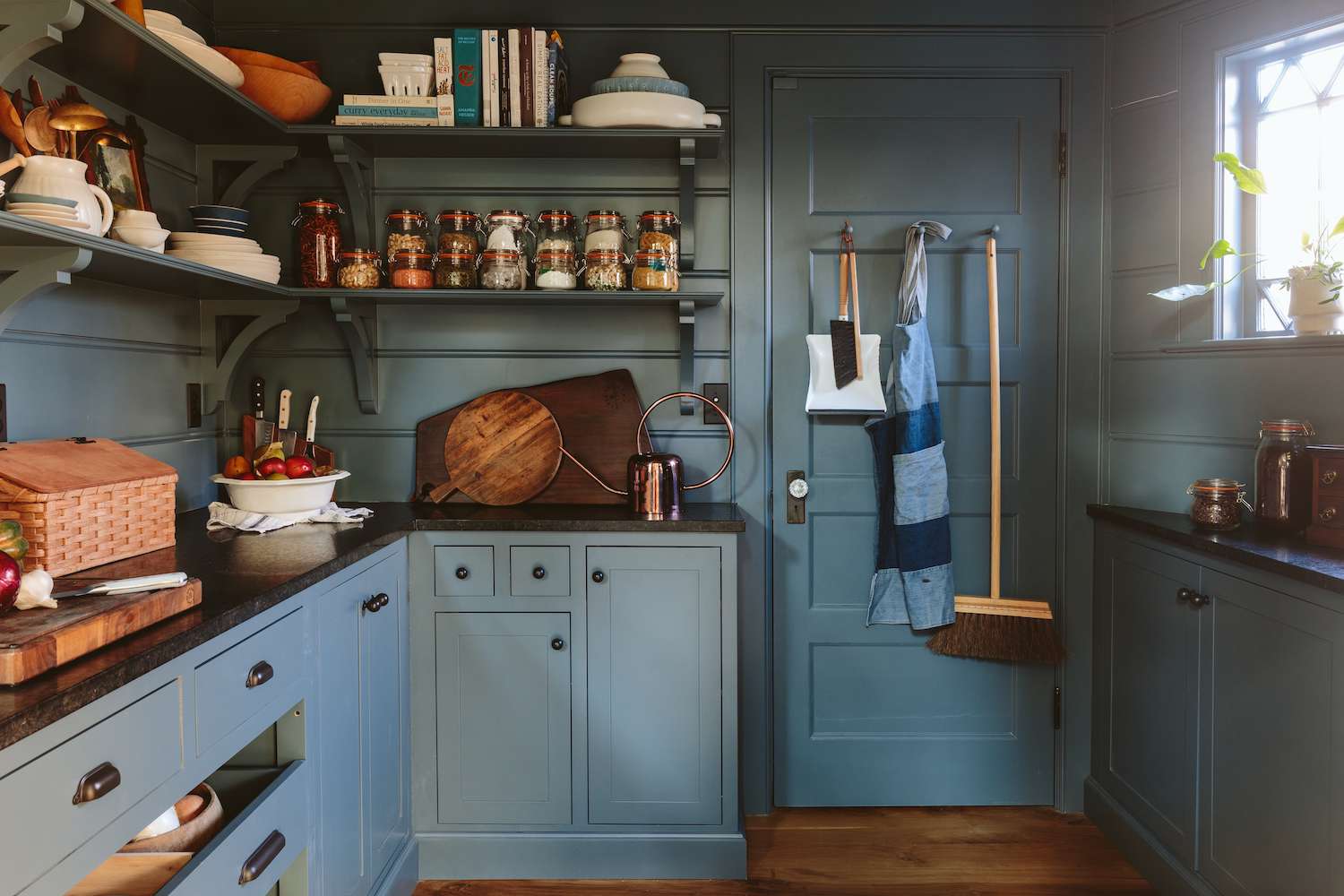
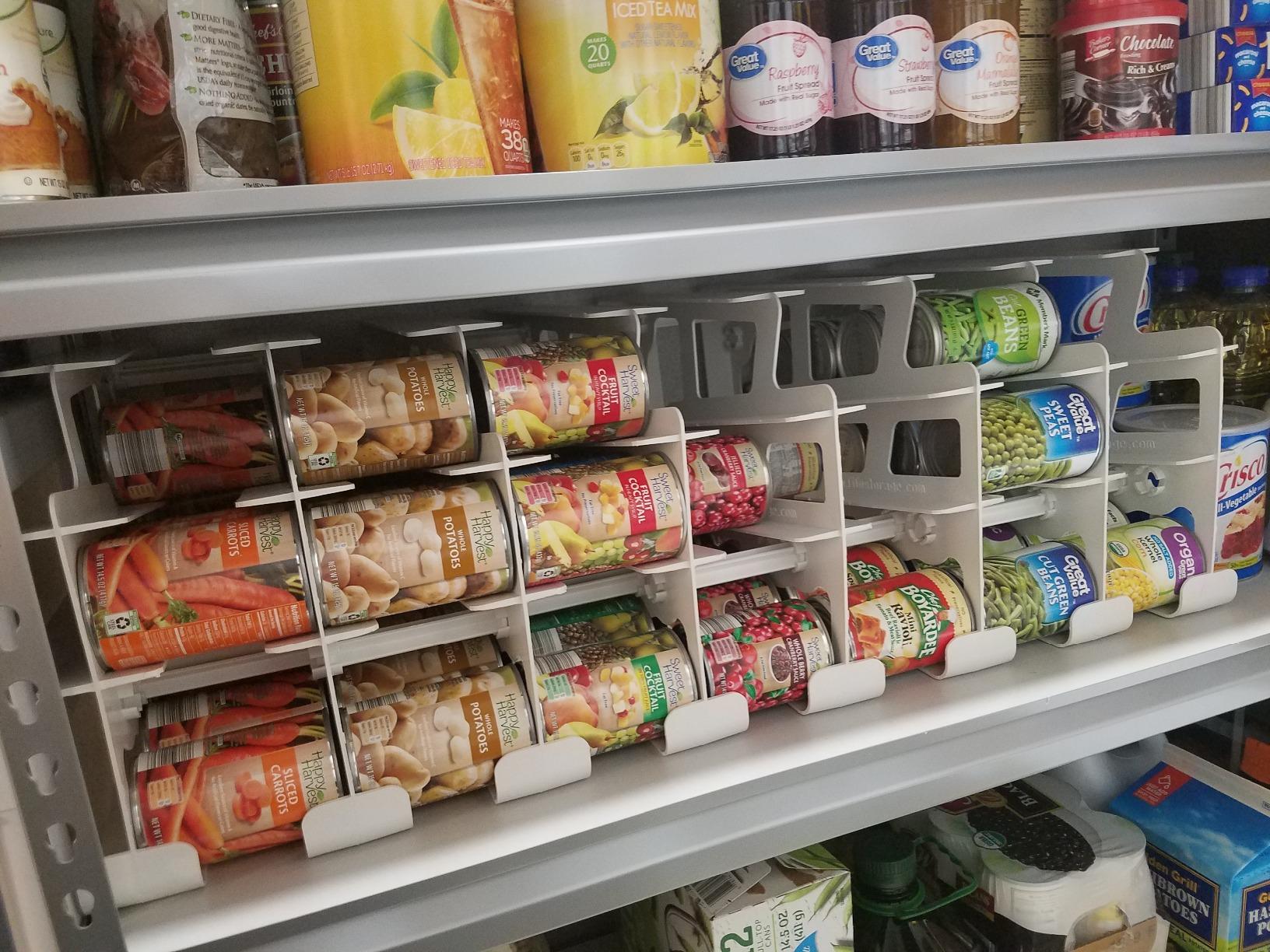

0 thoughts on “What Is Pantry”